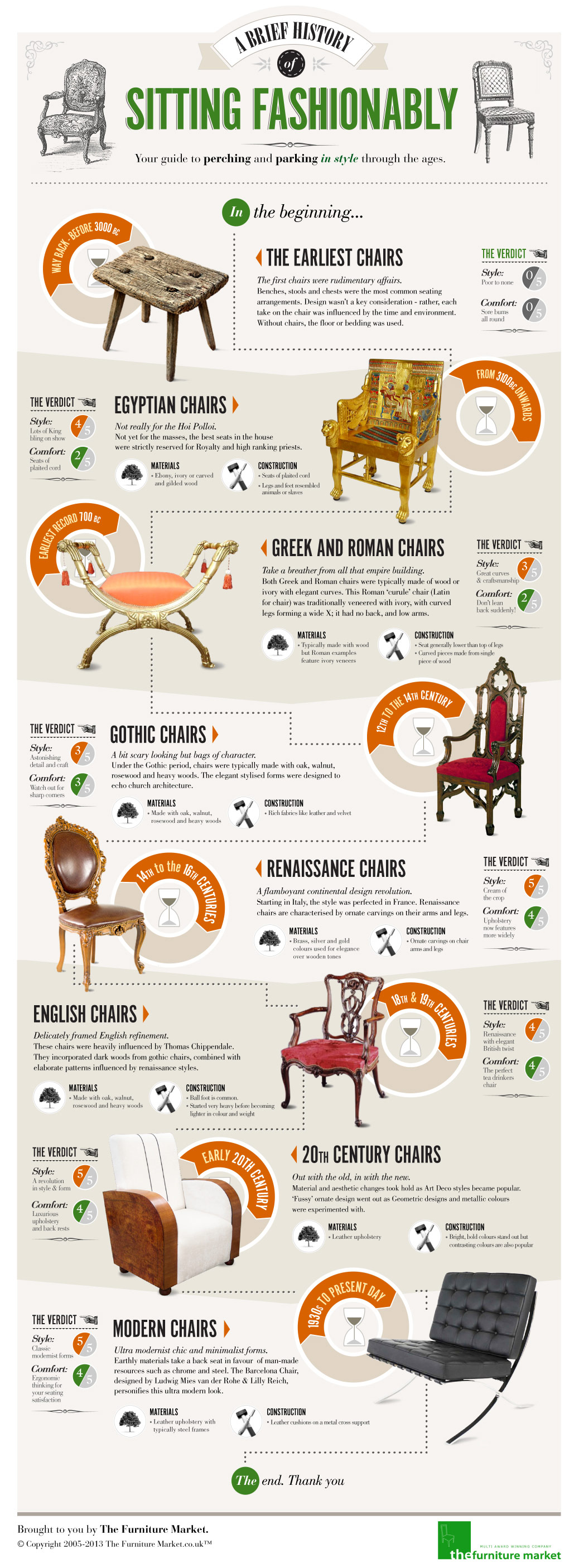Explore The Enchanting Voyage Of Restoring Old Cabinets, Unveiling Hidden Narratives And Understanding The Enigmas Of Bygone Periods
Explore The Enchanting Voyage Of Restoring Old Cabinets, Unveiling Hidden Narratives And Understanding The Enigmas Of Bygone Periods
Blog Article
Team Author-Snider Crockett
To begin the journey of restoring antique closets, you require a keen eye for information. Imagine uncovering surprise secrets within each layer of background ingrained in the wood. Image the contentment of revitalizing a once-forgotten piece to its former glory. Every step of this meticulous process holds the vital to maintaining the past while creating a future treasure. So, are mouse click the next webpage ready to start this transformative endeavor and unlock the possibility of your antique closets?
Assessing the Cabinet's Problem
When starting the repair process, start by assessing the condition of the antique closet. Thoroughly take a look at the total framework for any type of indicators of damages such as splits, chips, or loosened joints. Examine the timber for any rot, warping, or insect problem that might have taken place gradually. It's vital to establish the degree of the restoration required before proceeding better.
Next off, check cabinet making courses as hinges, knobs, and locks. Make note of any type of missing out on items or parts that need repair service or substitute. Make sure that all hardware is working appropriately and firmly attached to the closet.
Additionally, review the cabinet's finish. Look for any type of scrapes, discolorations, or discoloration that may influence the aesthetic appeal. Identify if the finish needs to be stripped and reapplied or if a simple touch-up will certainly be enough.
Gathering the Needed Tools and Products
After examining the condition of the antique closet, the following step is to collect the necessary devices and materials for the remediation process. Before you begin, ensure you have the adhering to things accessible:
- timber cleaner
- sandpaper in various grits
- wood filler
- paint or timber discolor
- brushes
- handwear covers
- security goggles
- a dirt mask
- a ground cloth
- a putty knife
- a hammer
- a screwdriver
- a vacuum cleaner
These devices and products are essential for a successful repair.
Timber cleaner is crucial for removing years of dirt and crud buildup, preparing the surface for sanding. Sandpaper of different grits assists in smoothing out blemishes and preparing the timber for a new finish. Timber filler comes in handy for repairing any cracks, openings, or dents existing in the cupboard.
Repaint or wood stain, together with brushes, enable you to personalize the closet to your preference. Keep in mind to use handwear covers, security goggles, and a dirt mask for security. Lay down a ground cloth to safeguard your workspace, and utilize a vacuum to tidy up any kind of debris.
With these devices and products gathered, you prepare to begin the reconstruction procedure.
Performing the Remediation Refine
To efficiently implement the restoration process on your antique closet, begin by extensively cleaning up the surface with the timber cleaner. This action is critical as it assists remove years of dust, gunk, and old polish that may have collected on the surface.
When the cabinet is tidy and dry, assess the problem of the timber. Seek any cracks, scrapes, or various other damages that need to be addressed. Usage wood filler to repair any imperfections, ensuring to match the filler shade to the wood tone for a seamless finish.
After the repairs have actually dried out, gently sand the entire surface to create a smooth and also base for the brand-new surface. Take care not to sand too strongly, as you don't want to damage the timber underneath.
As soon as the sanding is total, use a wood discolor or end up of your option, adhering to the manufacturer's instructions. Allow the finish to dry completely prior to applying a safety top coat to ensure the longevity of your restored antique cupboard.
Final thought
Since you have actually completed the repair process, your antique cupboard looks comparable to new.
By following the detailed overview, you had the ability to analyze, fix, and boost its problem with ease.
With a fresh surface and safety top coat, your treasured piece will continue to beam for many years to come.
Enjoy the elegance of your restored antique closet!
